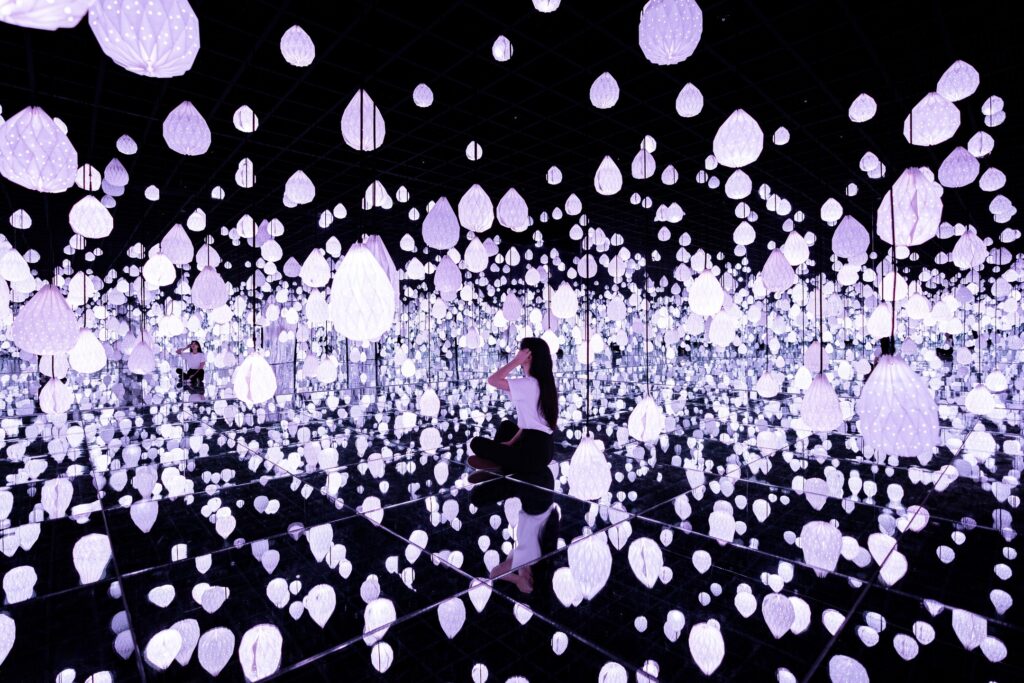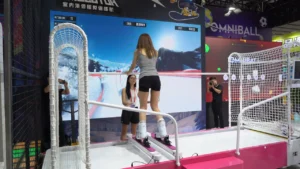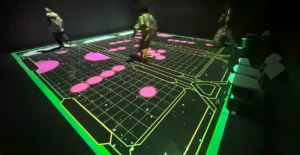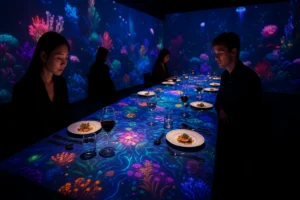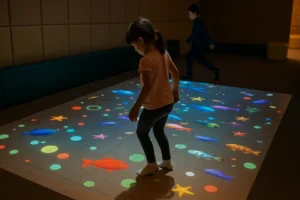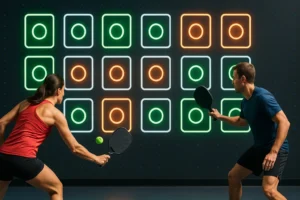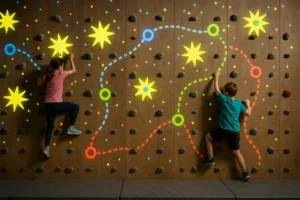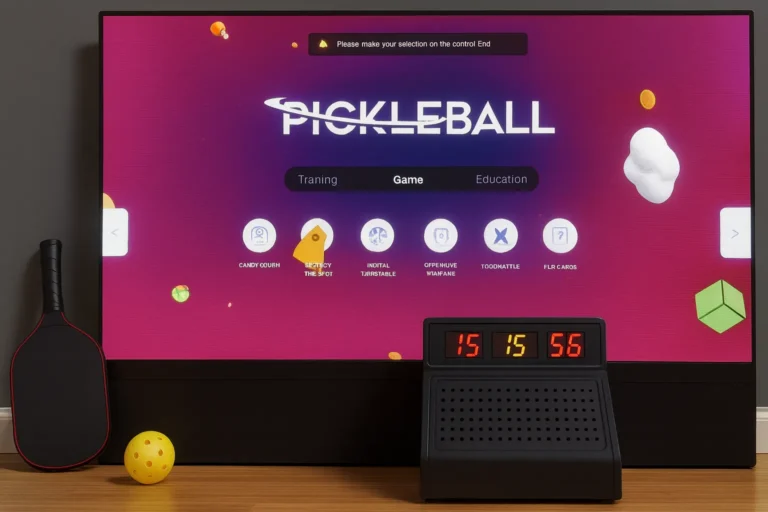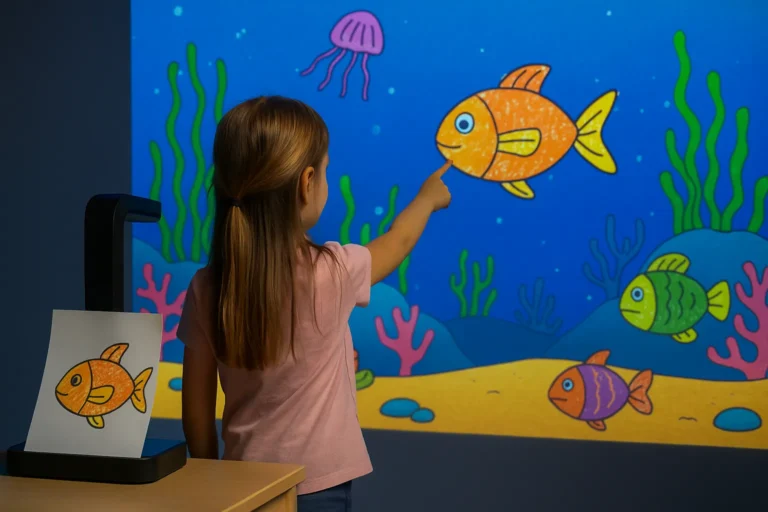🧩 What Are Immersive Photo Rooms and Why Are They So Popular?
Immersive photo rooms popular spaces aren’t just about snapping pictures anymore—they are fully interactive environments that use projection, lighting, sound, and even scent to create a complete sensory experience.
✔️ Why are they booming?
- ✅ The rise of TikTok, Instagram, and Xiaohongshu has increased demand for “share-worthy” content spots.
- ✅ Venues use them to increase customer engagement, dwell time, and brand memory.
- ✅ Easy to integrate into existing retail or entertainment spaces.
Modern immersive rooms often include projector-based games, responsive screen walls, and floor interactions—making them more than just static sets.
🎯 Core Elements of Making Immersive Photo Rooms with Screens
If you’re building your own immersive photo room layout plan, you’ll want to focus on these main components:
🔌 1. Projection Systems
- Use ultra-short throw projectors to maximize small spaces.
- Choose 4K laser projectors for high-resolution visuals.
- Consider ceiling mounts and floor protection.
🕹️ 2. Game-Enabled Software
- Select immersive game software designed for projection mapping.
- Options range from photo-triggered effects to motion sensor-based games.
📺 3. Interactive Screens
- Touch-enabled LED walls.
- Transparent or mirrored displays for creative layering effects.
🧠 4. Control Systems
- Centralized system to manage content scheduling and interactivity.
- Choose suppliers with intuitive UI and reliable support.
🏗️ Planning Layouts for Immersive Photo Rooms
Every immersive photo room layout plan should balance aesthetics, functionality, and flow. Let’s break it down:
🔄 Flow Design:
- Guide visitors in a loop or linear progression through themed zones.
- Ensure at least 3–4 “hero shot” areas with different effects.
📐 Spatial Requirements:
- Minimum area: 20–40 sqm per zone.
- Height: ≥ 3m to accommodate projectors and wall content.
🧱 Wall and Surface Finishes:
- Matte white walls for projection clarity.
- Durable flooring compatible with interactive floor systems.
💡 Lighting:
- Use blackout curtains or enclosed walls.
- Ambient LED lighting synced with projector content.
👷 OneCraze offers customizable layout templates and projection system recommendations based on venue size and target audience.
🕹️ Adding Projector-Based Games to Increase Engagement
Gamification transforms your immersive room from a visual backdrop to a participatory experience. Popular games include:
- 🎮 Motion-controlled photo filters
- 🧠 Memory-matching floor tiles
- ⛹️♀️ Interactive ball games on projection walls
- 👣 Step-triggered lighting sequences
Game System Requirements:
- Motion sensors or LiDAR for tracking.
- Real-time response software systems for game feedback.
- Low latency output for seamless experiences.
🛒 Choosing the Right Suppliers and Manufacturers
When sourcing components or full systems for immersive rooms, prioritize the following:
🏢 What Makes a Good Supplier?
- 🧩 Offers system integration (hardware + software)
- 🚀 Delivers on time with support services
- 🔄 Offers OEM/ODM options for branding and customization
- 🧠 Experienced with immersive projection games and interactive display systems
🛠️ Must-Have Products:
- All-in-one projector game kits
- LED screen panels with touch/motion interactivity
- Plug-and-play software bundles for easy setup
📍 Company Spotlight:
OneCraze Multimedia Technologies is a top-tier manufacturer and supplier of interactive projection systems, floor tiles, and game walls. Their products are widely used in museums, malls, and entertainment venues worldwide.
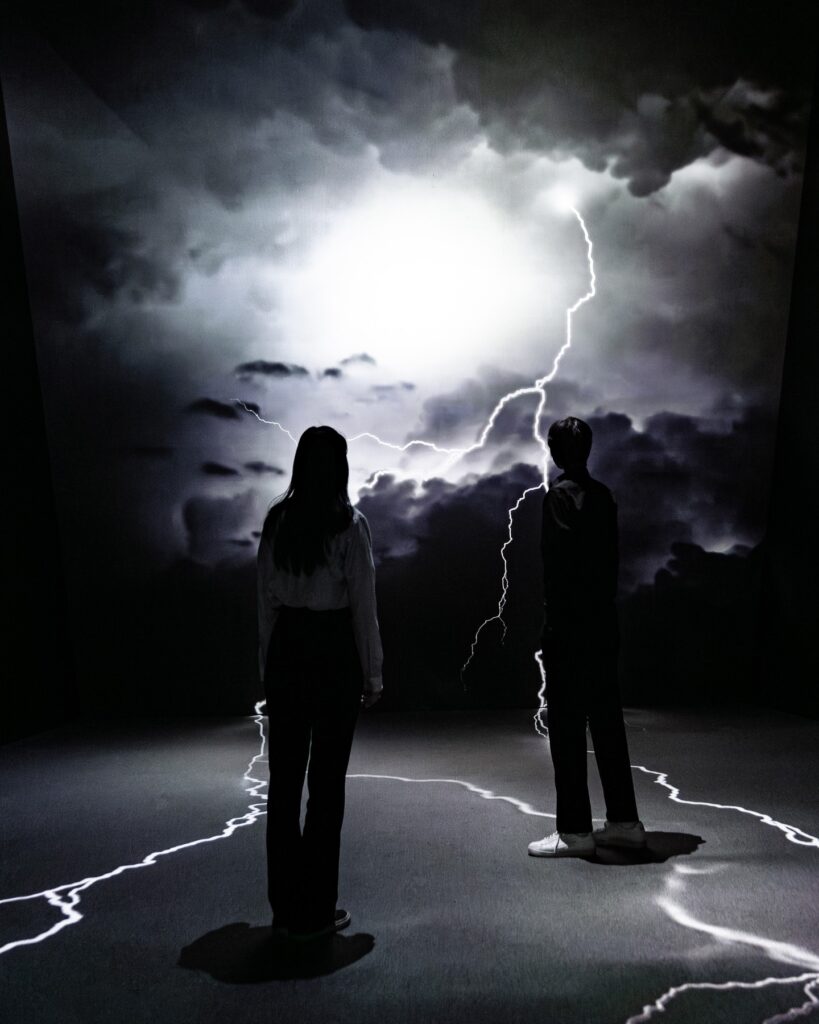
Immersive photo rooms create highly shareable moments that boost social media engagement and brand exposure—especially when gamified through projector-based systems.
You’ll need a high-quality projector, interactive screen or floor, game software, motion sensors, and a control system—all available as bundles from companies like OneCraze.
Absolutely. Most systems are designed for custom media uploads, allowing you to tailor visuals, games, and branding for your store or venue.


